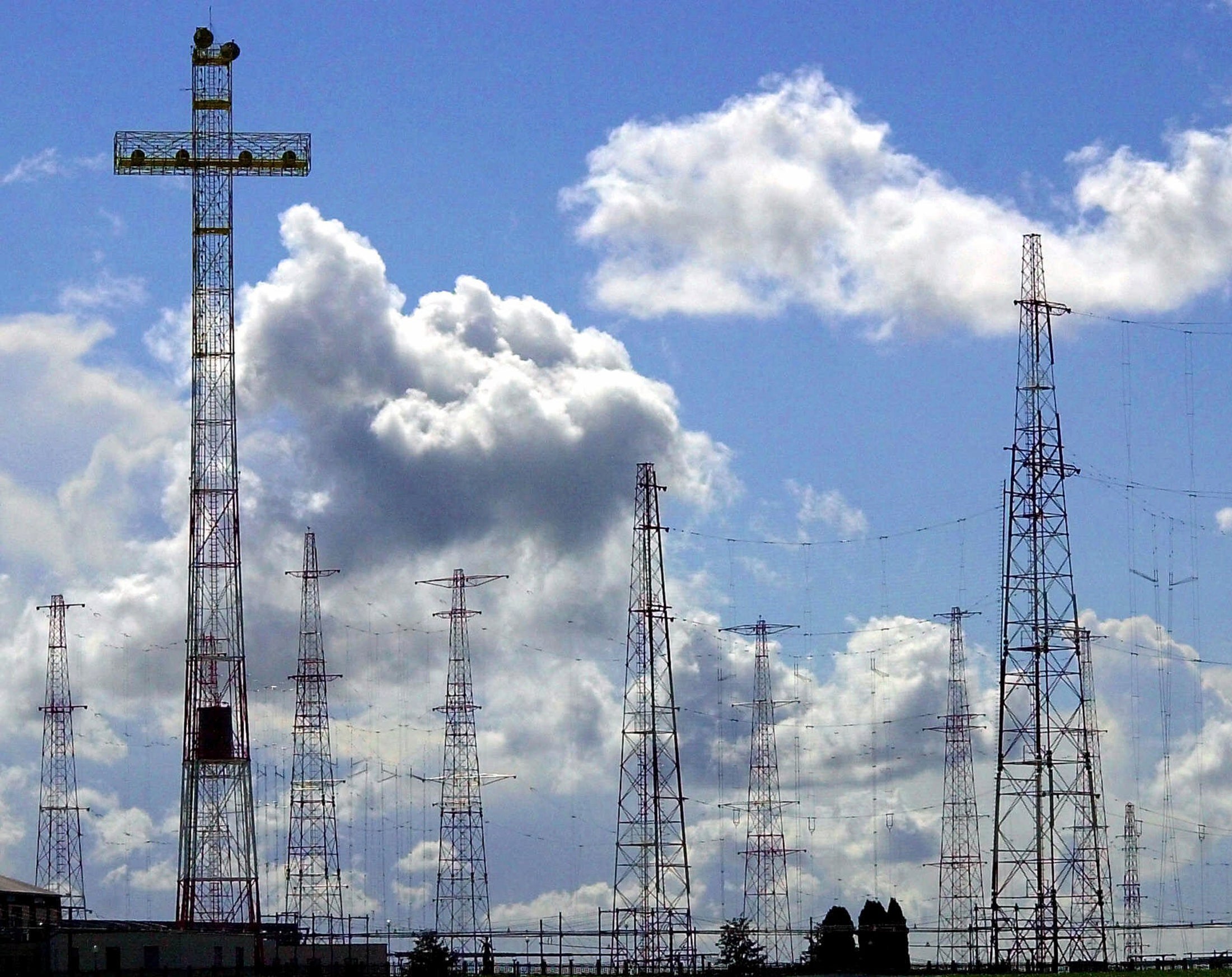A Vatican Radio territory in north Rome once blamed for electro-smog will become a solar farm
Pope Francis has decreed that an area of northern Rome long used by Vatican Radio will now house a field of solar panels to fuel Vatican City

Your support helps us to tell the story
From reproductive rights to climate change to Big Tech, The Independent is on the ground when the story is developing. Whether it's investigating the financials of Elon Musk's pro-Trump PAC or producing our latest documentary, 'The A Word', which shines a light on the American women fighting for reproductive rights, we know how important it is to parse out the facts from the messaging.
At such a critical moment in US history, we need reporters on the ground. Your donation allows us to keep sending journalists to speak to both sides of the story.
The Independent is trusted by Americans across the entire political spectrum. And unlike many other quality news outlets, we choose not to lock Americans out of our reporting and analysis with paywalls. We believe quality journalism should be available to everyone, paid for by those who can afford it.
Your support makes all the difference.Pope Francis decreed Wednesday that an area of northern Rome, long the source of controversy because of electromagnetic waves emitted by Vatican Radio towers there, will now house a field of solar panels to fuel Vatican City.
Citing the Vatican’s pledge in U.N. climate treaties to curb carbon emissions, Francis tasked a commission of Vatican officials with developing the solar farm at Santa Maria di Galeria. In a decree, he said the solar energy generated would be sufficient to fuel not only the radio operations there but the Vatican City State itself.
The 430-hectare (1,063-acre) Santa Maria di Galeria site, which enjoys extraterritorial status, was inaugurated in 1957 as a base for Vatican Radio. At the time, the pope's broadcaster transmitted Catholic and Vatican news in dozens of languages around the world via two dozen short- and medium-wave radio antennae crowding the landscape.
As the once-rural area some 35 kilometers (20 miles) north of the Vatican became more developed, residents began complaining of health problems, including instances of childhood leukemia which they blamed on the electromagnetic waves generated by the towers. The Vatican long insisted there was no causal link.
In the 1990s, residents sued Vatican Radio officials, claiming the emissions exceeded the Italian legal limit, but the court cleared the transmitter. In 2012, the Vatican announced it was cutting in half the hours of transmission from the site, not because of health concerns but because of cost-saving technological advances in internet broadcasting.
In more recent years, the Vatican has sought to offset its overall carbon footprint as ecologically minded popes have made caring for the environment a priority. Under Pope Benedict XVI, the Vatican installed a solar panel roof on its main audience hall and accepted a donated “climate forest” in Hungary to offset its emissions.
Under Pope Francis, who wrote an entire encyclical on the need to care for God’s creation, the Vatican has begun replacing its car fleet with electric vehicles as part of an overarching plan, “Ecological Conversion 2030,” which aims to pursue sustainable, carbon-neutral projects and technologies in the 44-hectare (109-acre) city state.